Passion, dedication and a love of nature are all great qualities a scientist should have, but they’re certainly not the only ones. Let’s examine a bit further the famous catchphrase: gotta catch ’em all!
As I said last week, the objective of the game is to register every species of Pokémon in the Pokédex. But there’s an important unstated assumption there: it assumes that all there is to know about a particular species can be obtained from one member of the population, or, as a biologist would put it, a sample size of one! In the real world, this is obviously a ridiculous assertion. Every species in the world has a massive amount of variability — one sample can never be enough to represent the full spectrum of intraspecific diversity.
Amazingly, this is true of Pokémon species too! There’s a few reasons I can think of for this, so let’s go into detail about them.
- IVs, Natures
The ‘stats’ of an individual Pokémon (a measure of how good it is at battling) is a surprisingly complicated game mechanic. Every species has a fixed ‘base stats’ distribution — certain Pokémon species are intrinsically stronger than others. But there’s a few ways the stat distribution of an individual can vary — basically, it’s possible for two Pokémon of the same species to have radically different strength.
One of these ways is via ‘IVs’: Individual Values. The IVs of a Pokémon are six immutable numbers, one for each stat, which are randomly assigned to the Pokémon when you first encounter it. These IVs add a small boost to the ‘mon’s base stat total, and they’re, well, individual. There’s over 88 million possible combinations of IVs, so the odds of two individuals of the same species having the same IVs are almost zero. For this reason, IVs are often called the ‘DNA’ of a Pokémon. (Let’s not get into the artificial selection by players which can drive two Pokémon to have the same IVs…)
A related concept is a Pokémon’s ‘Nature’ — an adjective like ‘Hardy’, ‘Naughty’, ‘Impish’ is assigned to it when it’s first encountered, and it alters the base stats the Pokémon has by virtue of being from a specific species. Again, the ‘Nature’ of a Pokémon is part of its DNA, in a sense.
So, if it’s possible, like in real life, for individuals within a species to show variability. This is a deliberate design choice — the creators wanted you to feel attachment to the Pokémon you catch, by making them as unique as possible. They wanted you to be able to think “this is my Pikachu”, not just a Pikachu.
So, clearly catching one of each species isn’t enough to fully understand all Pokémon! But these are ‘behind the scenes’ effects. Let’s jump in to some striking, visible differences.
2. Moves, Abilities
Every species of Pokémon has a certain selection of ‘moves’ it’s possible for it to know, and every individual Pokémon has a selection of up to four of those moves it does know. ‘Moves’ are attacks like Tackle, Tail Whip, Flamethrower, Poisonpowder, Focus Energy, Fly, which have some in-battle (or even out-of-battle) effect. So again, two individuals of the same species could have a totally different moveset. The Pokédex doesn’t register this. If you want to know everything there is to know about a species, surely knowing what moves it can and can’t learn would be one of those things? This, apparently, isn’t part of your job as a Pokédex completionist!
Similarly, every species of Pokémon has a certain ‘ability’ — some extra power it has, like Levitate (making it immune to Ground-type attacks) or Blaze (strengthening Fire-type attacks). Some species can have a range of different abilities, so catching one member of a species doesn’t fully determine every possible ability its species could have.
3. Shinies

Every species of Pokémon has a “shiny” form — an alternate colouration that is otherwise identical (in terms of stats, moves, abilities, etc). Think of it like albinism. Shinies have something of a mythical status among Pokémon fans. Every wild Pokémon you encounter has a 1 in 4096 chance of being shiny. That may seem low, but until the most recent game generation it was only half that — 1 in 8192! Seeing a shiny is an incredibly rare experience. In my decade and a half of playing Pokémon games, I’ve only encountered three in the wild. That’s right — they’re so rare I can remember every one I’ve seen (a Zubat, a Sandshrew, a Woobat, if you’re wondering). As such, Shinies are a status symbol among Pokéfans, and they amplify the collectibility of Pokémon exponentially.
Interestingly, unlike with IVs, natures, moves, and abilities, the Pokédex will record every shiny you see as distinct from the regular colouration, so it is possible to consider a Pokédex “incomplete” until it’s seen all of the 721 shiny forms in existence, even though the game doesn’t acknowledge this. Needless to say, outside of hacking the games, no one has ever done this. Your ‘dex will still be ‘complete’ (and you’ll get the certificate from the last post) without having seen any shinies. But in principle, does “catching them all” extend to catching every shiny? We’re just getting started…
3. Aesthetic forms
Besides shinies, many, many Pokémon have variant designs. Again, these are only aesthetic changes, and it’s still functionally the same Pokémon. The differences can be almost impossible to spot, or they can look very different. A lot of the differences are due to sexual dimorphism — just like in real animals, many Pokémon look very different depending on their sex. And yes, every different-looking variant has its own shiny version, too!
Again, the Pokédex will register every variant of a Pokémon seen, and again, it’s possible to ‘get away with’ only seeing one sex of each Pokémon for the purposes of ‘dex completion… so do you need to catch one of each sex of every sex-varying Pokémon? Imagine if a biologist called it a day after studying a female mallard without bothering to examine the male. If they can’t quit halfway through, why can’t you?
Some examples of differences:
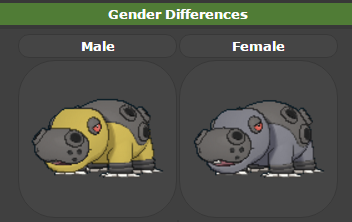
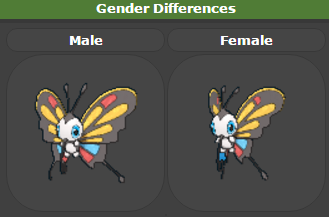
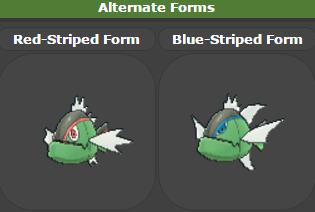
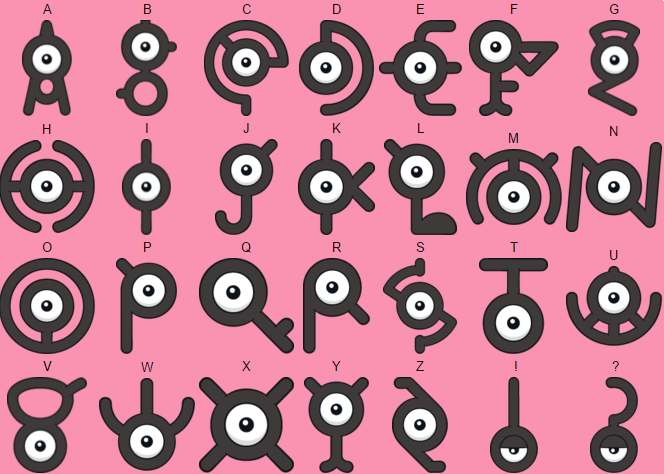
4. Forms, Mega Evolutions
Finally, we come to different forms and Megas. Some Pokémon have different forms which are so different, they may as well be different species. Their base stats change, their types may change, even their shape may become radically different! For all intents and purposes they are different, and the Pokédex will register every form of a specific species you encounter… but, again, you don’t need to see every different form of a species to count it as being ‘caught’.
Some Pokémon can change between their different forms under certain conditions, some can only be first encountered as one form which never changes. Mega Evolution is a specific type of temporary form change introduced in the newest games. Again, Mega Evolutions are registered in the Pokédex, but you don’t need to see them all to have ‘caught’ them all. Here’s some examples of form changes:
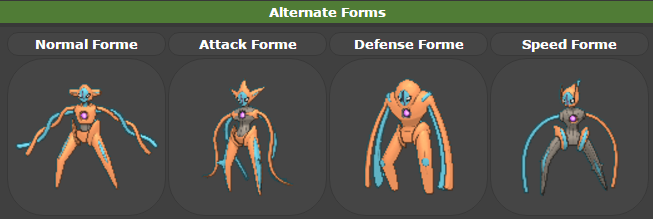
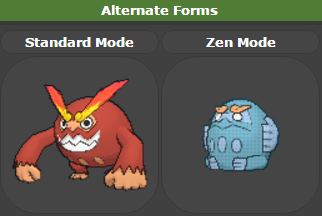
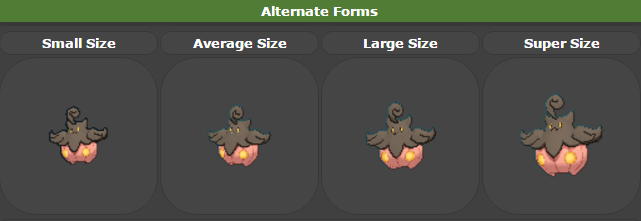
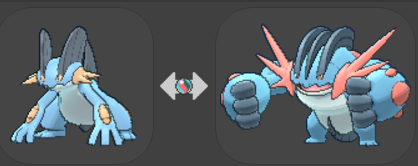
Wrapping up, how many Pokémon are there? Last week I said 721, and showed a picture of all of them… but that picture didn’t show any form variants. If you count variants as being different Pokémon, well, the shinies alone double the number of ‘mons! By my estimate, adding up just all the shinies, aesthetic variants, forms and megas, there are about 2,000 Pokémon! Gotta catch ’em all?
So does it make you a bad scientist to only catch 721 of them? I say no. When the game tells you you’ve completed the Pokédex, I don’t think it’s implying everything there is to know about Pokémon is now known, it’s just saying your job is complete. But science is never complete. There’s always new things to be discovered about the natural world. You’re not a bad scientist for not being able to discover all of it — you’re only human! You just need to know your limits, and try to overcome them!
Don’t ever stop catching them all.